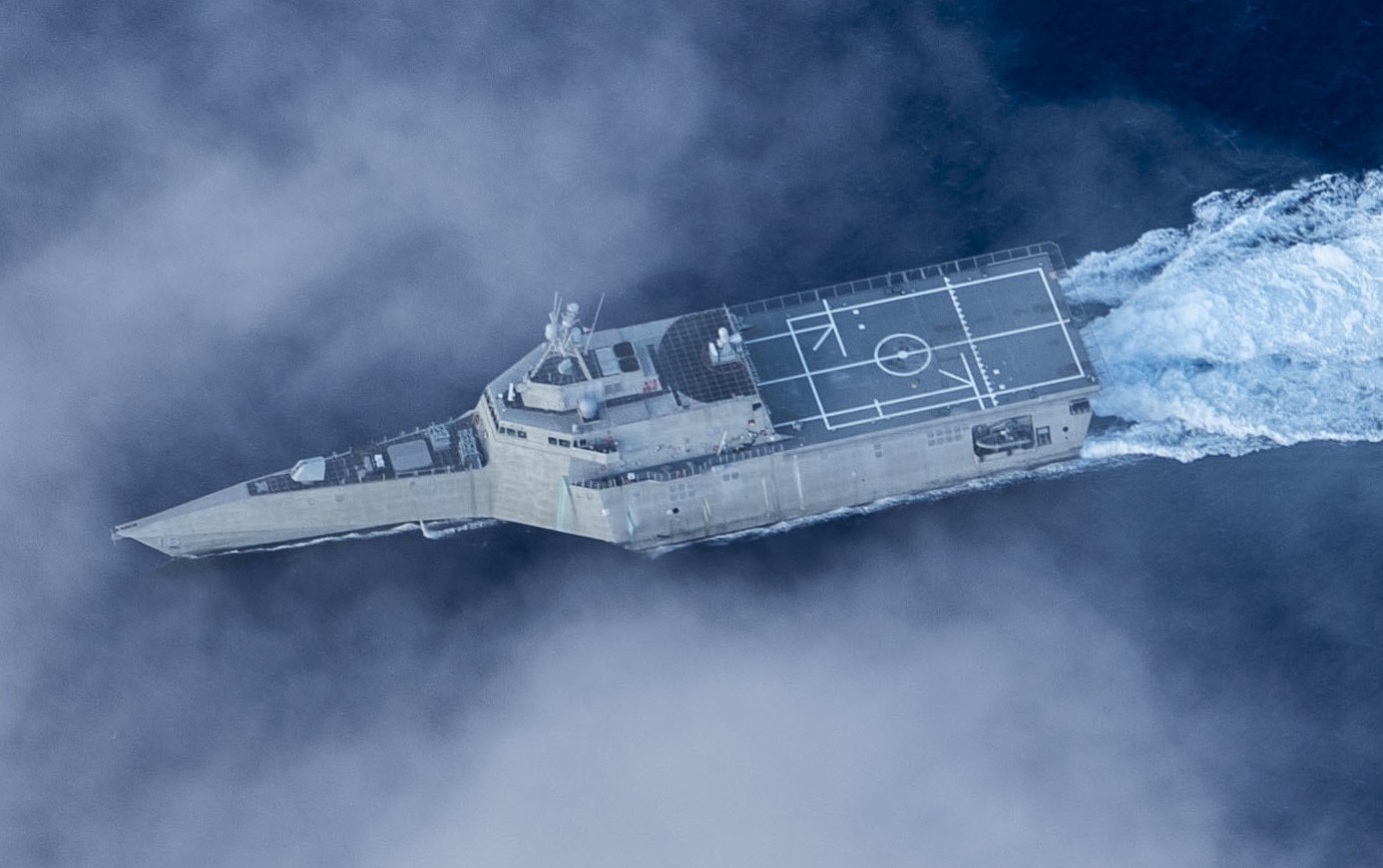It was supposed to sail close to shore and take on terrorists, pirates, and drug runners. It could threaten enemy subs, destroy smaller fast attack crafts, and countermines. The Littoral Combat Ship, or sometimes referred to as LCS for short, was a different type of vessel for the U.S. Navy that had many backers at the time of inception. The thinking two decades ago was that transnational threats of terrorism and crime would add a new dimension to maritime strategy and allow the navy to engage in critical use cases that would better protect America.
It Just Didn’t Work Out
But now the first two Littoral Combat Ships have retired. They just weren’t made very well, to begin with. The navy has spotted some hull cracks on certain ships. This has kept them from running too fast in rough seas for fear of furthering hull damage. Other ships have broken down. They have design problems with their combining gear that negatively impacts the engines. The Navy is not sure these are dependable enough to handle basic mission parameters. Are they even safe to operate?
Time for Retirement
The Department of Defense is unsure, and they are concerned so much about the downsides of the LCS that they are recommending nine be decommissioned. This is a stunning downfall for the LCS that never lived up to the hype of the next-generation threats of terrorism, piracy, and transnational crime. But retirement of the LCS could save the navy $3.6 billion.
How About a New Mission in the Indo-Pacific?
Constellation-class frigates will now take on the LCS anti-submarine warfare role. 1945s naval diplomat James Holmes believes the sub-hunting LCS could be fitted with stand-off missiles to re-purpose the ships for future warfare.
Also, Holmes points out that the Chinese use of its Coast Guard and maritime militia could be thwarted with the littoral ships helping out U.S. allies in East Asia.
“A squadron of surface-warfare LCSs forward-deployed to Southeast Asia—preferably to the Philippine Islands, one of the chief targets for Chinese aggression and located close to disputed waters—could help firm up a strategy for pushing back. Such a flotilla would need to be numerous enough to allow a constant presence in regional seaways, preferably in the form of multi-ship wolfpacks. Nine hulls might make up such a squadron,” Holmes wrote.
Sell the Littoral Combat Ship to South American Allies?
This would give the LCS a problem to solve, but it may be too late to save the ships for duty with partners in the Indo-Pacific. Navy brass has already “floated” the idea to sell decommissioned LCS to allies in South America. Wouldn’t they be damaged goods?
Moreover, Chief of Naval Operations Admiral Michael Gilday also said in testimony on Capitol Hill that the anti-submarine systems on the LCS do not work. In its present configuration, the LCS was not able to have the appropriate capabilities to take on China’s navy. They would need to be re-outfitted with new weapons, as Holmes thinks, or sold to allies as Gilday says.
The whole saga has frustrated Members of Congress. Representative Elaine Luria from Virginia is incensed. She’s a veteran who served 20 years in the navy. “The Navy owes a public apology to American taxpayers for wasting tens of billions of dollars on ships they now say serve no purpose,” Luria said.
Littoral Combat Ship – Too Little Too Late
The navy counters that the LCS Freedom-class has seen some success by interdicting narcotics shipments. In 2021, the USS Sioux City operating in the Caribbean Sea seized 500-kilos of cocaine worth over $20 million in 2021.
But these positive feats have been few and far between. Selling the ships to South American nations would be a painful loss, even though Senator Jerry Moran of Kansas has been receptive to the idea. New missiles would be an intriguing concept, but the refit would cost more money unless the nations receiving the ships would pay for it. It’s probably just time to say goodbye and not send more good money after bad. The navy can take the funds saved and invest in other more promising ships.
Now serving as 1945’s Defense and National Security Editor, Brent M. Eastwood, PhD, is the author of Humans, Machines, and Data: Future Trends in Warfare. He is an Emerging Threats expert and former U.S. Army Infantry officer. You can follow him on Twitter @BMEastwood.

